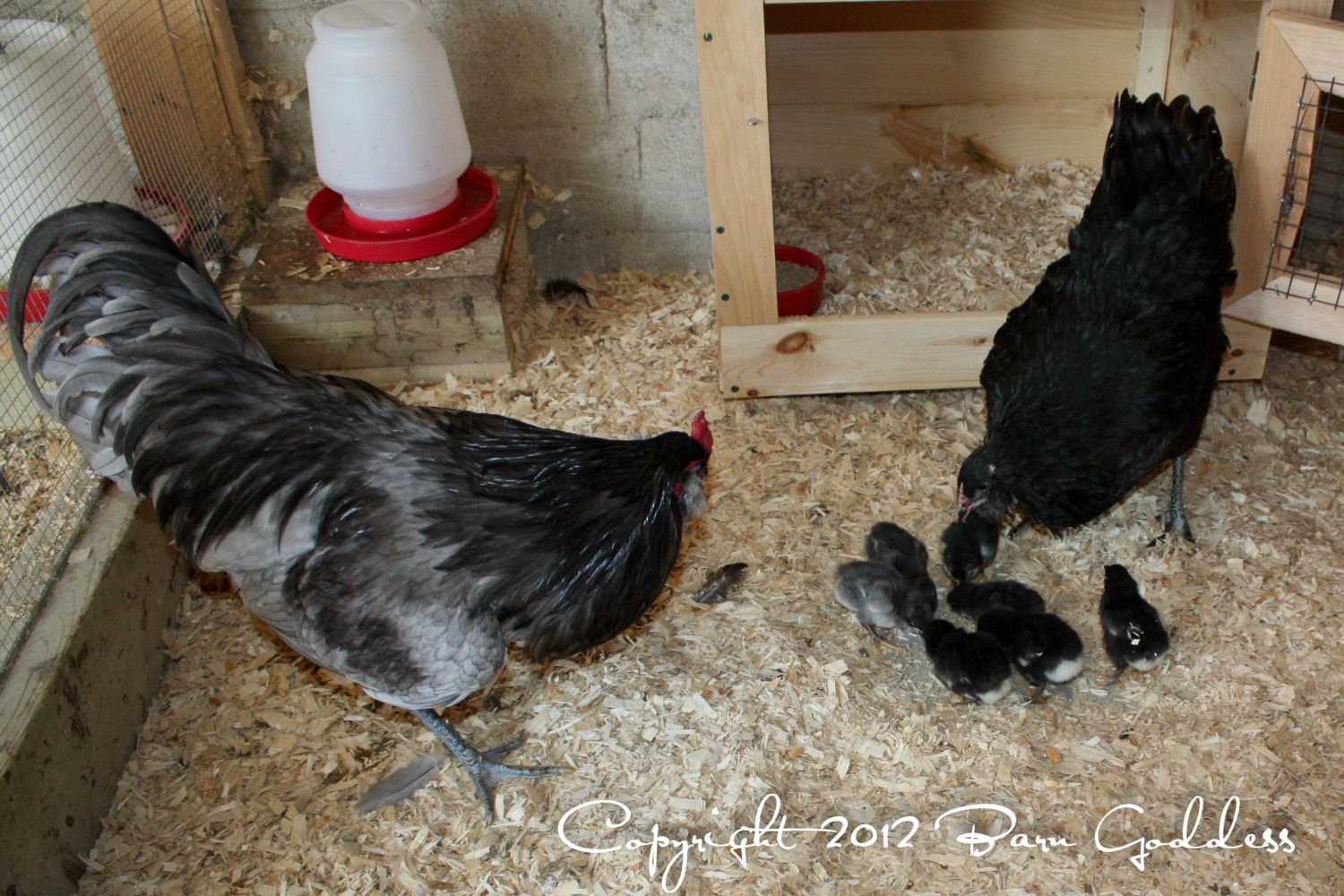I don't see leakage.
Navigation
Install the app
How to install the app on iOS
Follow along with the video below to see how to install our site as a web app on your home screen.
Note: This feature may not be available in some browsers.
More options
You are using an out of date browser. It may not display this or other websites correctly.
You should upgrade or use an alternative browser.
You should upgrade or use an alternative browser.
Ameraucana thread for posting pictures and discussing our birds
- Thread starter hcammack
- Start date
- Apr 13, 2012
- 180
- 4
- 91
That is a beautiful color. Would this be the same as Porcelain in other breeds?
Porcelain has the mottled gene also but the creme and lavender looks similar.That is a beautiful color. Would this be the same as Porcelain in other breeds?
Last edited:
except cream cant dilute black pigment, but some of those cream mille fleurs also carry blue, making them very hard to distinguish from PorcelainPorcelain has the mottled gene also but the creme and lavender looks similar.
Last edited:

My daughter had a 4H poultry show yesterday that went really well, but I came home with a few questions I hope the more experienced breeders here on BYC can answer for me. My question is if my cockerel is showing gold leakage, how would that manifest in a pullet, and would it even be evident on a pullet?
We have B/B/S stock, and some of my original black stock were Blk/Lav splits. We took a blue cockerel and three black pullets to the show. The blue cockerel started showing gold leakage in his hackles after we sent in our show entries. Since it is 4H and show entries were light we left him in, because the judge goes over each bird teaching the kids about how he judges each bird. The judge said my black pullets had a red tint/cast in their beards, ( which I didn't see) and that it came from the same source as the gold leakage in the cockerel. Our birds free range, so I would put any red tint or cast in the beard down to sun damage,not color leakage. The judge liked the type on our birds, and was very complimentary about them. This same judge placed an EE rooster labeled as a "Brown-Red" with willow legs over my Blue with leakage, and said that mine had better breed type, but that in an APA show the leakage would be a DQ. I know my blue was not correct, and knew that going in, and I am not upset about the EE roo, but it does undermine my confidence in the
judge's comments about the beards on the pullets. What do you all see, sun damage, normal black beards or leakage? Thanks everyone.

It's a show - a beauty contest - so if the judge sees something he/she is obliged to comment. "Sun damage" doesn't get a pass. The judge judges your bird on the day as you present it. That said, truly good quality black birds really shouldn't suffer that much from the sun, anymore than white. Genes have a HUGE influence on the quality of the colour that expresses. (When I refer to "good quality" here I am referring to the "quality" of the black genes and melanisers that are in the soup that make up your black/blue birds and not necessarily the quality of the bird in general.) Leakage IS an issue. "Red cast" (gold leakage) is an issue on a black bird, regardless of lifestyle. If the judge is commenting on a colour/cast/tint issue you should pay attention. Pictures can NEVER be a substitute for hands on.
"Leakage" is problem, not a DQ so that part or your comment confuses me ...
I should add -- if your "black" pullets are out of a B/B/S pen and not a strictly "black" breeding program - red/gold leakage is not entirely unexpected nor are the judge's comments which basically means the black isn't black enough which is the truth about "black" birds out of a blue breeding pen. For those serious about "black" they only work with black. (I've learned that with my Marans and Silkies.)
Last edited:
The easter egger you described, in an APA show would be a DQ. In black varieties foreign color is a DQ. (pg 34)
I agree it is hard to judge by a picture, but the pullet on the right does appear to have sun damage or leakage in the beard and muffs.
I agree it is hard to judge by a picture, but the pullet on the right does appear to have sun damage or leakage in the beard and muffs.
In black varieties foreign color is a DQ. (pg 34)
Thank you for clarifying, Jean. Makes it clear why black needs to be worked on apart from blue if one really wants a "proper" black bird.
New posts New threads Active threads
-
Latest posts
-
-
Planning "Hobbit" Playhouse Coop Conversion Project
- Latest: Mother of Chaos
-
-
-
-
-
Latest threads
-
Sick chicken... corid?
- Started by Crazyfarmlady25
- Replies: 2
-
-
Blood coming from my hen’s mouth
- Started by Rex0525
- Replies: 1
-
28 Degrees Too Cold for Ointment?
- Started by Anon112
- Replies: 1
-
-
-
Threads with more replies in the last 15 days
-
-
-
-
-
Chicken Butt Emergency ‼️ Please Help!
- Started by urlocalcrazychickenlady
- Replies: 71
-
×









